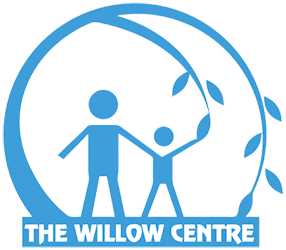Children have eight fewer hours of unstructured play time as compared with 20 years ago. In kindergarten there is an increasing emphasis on reading and math at the expense of play which on average is down to less than half an hour a day! This despite decades of evidence that young children learn best through active, exploratory play (sometimes guided by an adult).
Children learn spatial skills, counting, and they pick up a rich vocabulary simply by playing and hearing books read aloud, rather than through direct, lecture-style classroom instruction or flash cards and computer learning toys that can push them to memorize facts that they are not cognitively ready to understand.
Imaginary play and make-believe have myriad benefits as well, giving children practice working with others, and substituting one object, like a toy hammer, for another, like a phone – a knowledge of symbols that lays the foundation for reading and math.
In support of the value of play, one study shows that there were no differences in academic achievement by first grade between children who had gone to “academic” preschools versus those who had gone to more play-oriented preschools. But even more importantly, children from academic preschools were more anxious than those from play-oriented preshools in which the content was presented in a playful way.
Reading, writing, and math are important, but just as important are creativity, critical thinking, and the ability to learn from failure which are skills best learned through play.
If you are interested in reading more about this topic you might explore the following books by David Elkind: The Hurried Child (1981), and The Power of Play (2007).
Please see our Book List for more recommended books.
Source: American Psychological Association Monitor on Psychology, Volume 40, No. 8, September 2009.
